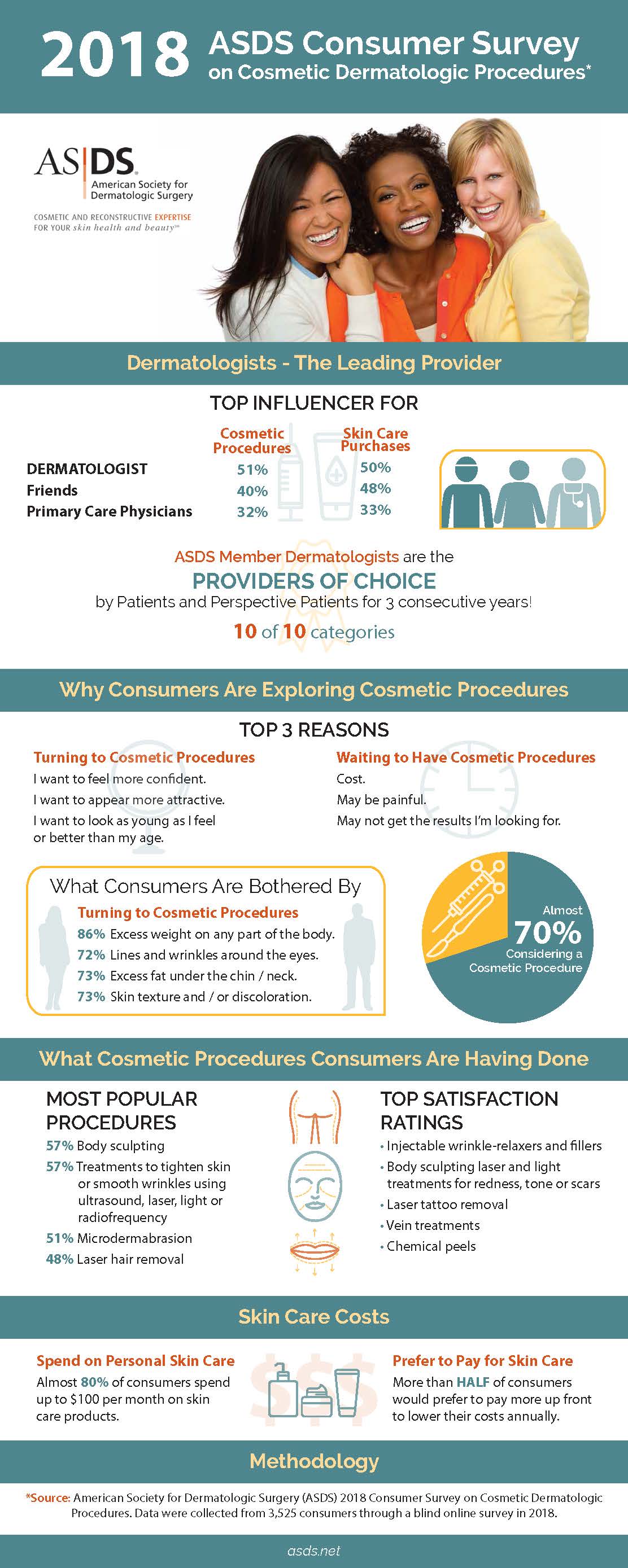How Does Stress Cause Acne
How Does Stress Cause Acne
Blog Article
Sources of Acne on Cheeks
Acne outbreaks in the cheek area are triggered by numerous points, from touching your face often to not changing your pillow case commonly enough. Picking at blemishes boosts your danger of infection and scarring, and certain medicines can intensify dark places (postinflammatory hyperpigmentation).
Luckily, there are lots of methods to avoid and treat cheek acne. These include:
1. Hormonal Changes
Acne is largely caused by hormones, especially those produced during puberty and maternity. For some, a family history of acne might additionally add to their problem. Anything that blocks pores, such as oil-based skin treatment products or waxy hair products, can trigger acne. Various topical treatments, like benzoyl peroxide and salicylic acid, can fight microorganisms and unclog pores. Those with extreme or persistent acne must seek treatment from their doctor.
Avoid touching or pressing your acne, as this can press a few of the germs deeper into the skin, leading to a more extreme outbreak. It is likewise crucial to alter pillowcases routinely and use clean make-up brushes. You need to likewise try to avoid toxic irritants such as rubbing from using a safety helmet or tight collar.
2. Diet regimen
The oily, sugary foods that many people think trigger acne might in fact refrain from doing so. In fact, studies have actually revealed that eating a diet abundant in entire, nutrient-dense foods assists to prevent breakouts.
Foods high in the glycemic index (such as white bread, corn flakes, blew rice and potatoes, doughnuts and various other pastries) raise blood sugar level degrees rapidly, and this can increase hormonal agents that improve oil production and lead to acne.
Consuming alcohol cow's milk has also been connected to boosted acne breakouts. If you are a regular cow's milk enthusiast, you may want to attempt changing to low-fat or nondairy alternatives that are strengthened with calcium. Furthermore, consuming more water can aid to decrease acne because it aids to maintain the skin hydrated.
3. Excess Oil
While oil is important for healthy and balanced skin, it can end up being a problem when way too much sebum blends with dead skin cells and blocks pores. This mix can produce blackheads, whiteheads and pimples. The obstructed pore wall surface can break down and spill bacteria, dead skin cells and sebum right into surrounding skin. This causes a red bump referred to as a pimple. Occasionally these red bumps have pus in the center from a bacterial infection. Bigger infected bumps that resemble acne are called cysts.
There are numerous things that can trigger excess sebum and blocked pores, consisting of hormone fluctuations, diet plan and daily behaviors. Some examples consist of touching the face often, relaxing your hand on your cheek, utilizing dirty make-up brushes and not changing pillow cases routinely.
4. Stress and anxiety
If you're taking care of throbbing acnes or a slew of blackheads and whiteheads, it might be time to talk to a skin doctor. They can recommend a reliable treatment that matches your skin type. Exercising relaxation and stress-reduction methods also assists.
Acne can occur in the cheeks because of rubbing and pressure, such as when an individual touches their face frequently or puts on a hat or sports helmet that massages against the skin. It can additionally appear where oily cosmetics and creams scrub against the skin.
Avoid pressing acne, as this can press contaminated material deeper into the skin and lead to scarring. Instead, see a physician to discover preventative therapies like medicine, skin treatment items and way of living adjustments. Consuming a healthy and balanced diet regimen of entire foods, obtaining seven to nine hours of rest and using noncomedogenic makeup and skin care products can all help in reducing acne breakouts.
5. Hair Products
Hair products are not commonly thought of as a root cause of breakouts, however they can add to acne on the cheeks in some people. Pomade acne, which is defined by tiny closed comedones and papulopustules, is frequently brought on by using oily hair items which contain comedogenic components such as particular oils and acetylated lanolin.
Choosing hair products that do not contain these potentially comedogenic active ingredients is an important step towards decreasing breakouts. Likewise, making certain that hair products aren't being available in contact with the skin can aid prevent breakouts. For instance, putting on a scarf or bonnet during the night can restrict hair-to-face contact and decrease botox cost the chance that leave-in hair products will abrade onto the face.
Along with making use of a non-comedogenic moisturizer and washing with an acne face laundry, various other helpful techniques consist of: